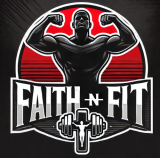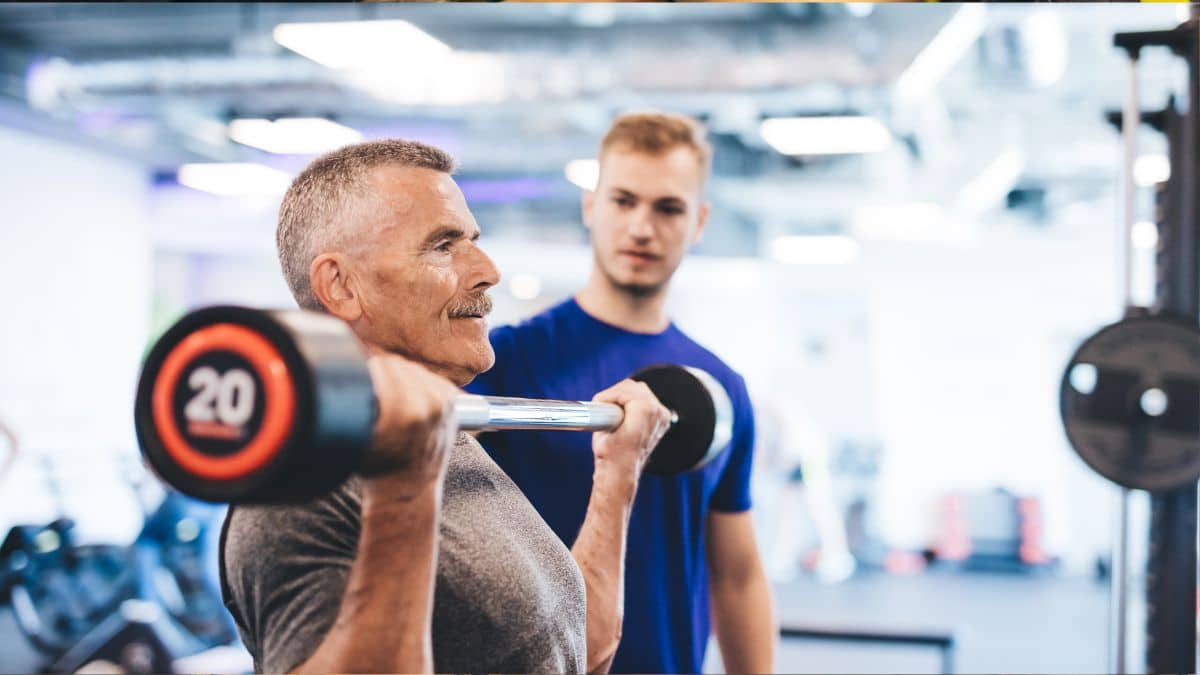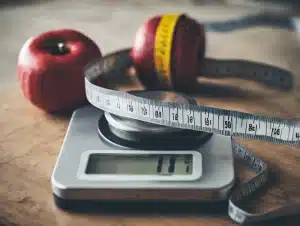Age is just a number—but when it comes to building muscle over 50, that number matters. Hormonal shifts, slower recovery, and reduced anabolic signaling can make it harder to pack on lean mass. But here’s the good news: with the right math-based approach, it’s absolutely possible to build muscle at any age.
In fact, by understanding how calories, protein, volume, and recovery interact, you can create a strategic plan that helps you defy age-related muscle loss and gain serious strength.
Let’s break it down.
Why Is Muscle Harder to Build After 50?
There are three main physiological challenges:
- Sarcopenia – Age-related muscle loss starts around age 40 and accelerates after 50.
- Anabolic Resistance – The body becomes less responsive to muscle-building signals from protein and exercise.
- Lower Hormonal Output – Testosterone, growth hormone, and IGF-1 decline, affecting recovery and growth.
But none of these are dealbreakers. They just mean you need to train smarter, not harder—and use math to your advantage.
Step 1: Calculate Your Calorie Needs for Muscle Gain
To build muscle, you must be in a calorie surplus—eating more than your body burns. Here’s the basic formula:
Maintenance Calories = BMR × Activity Factor
Then add 250–500 calories/day for muscle gain.
Example:
- Male, 55 years old, 180 lbs
- BMR ≈ 1,700 kcal
- Activity Factor (moderate): 1.55
- Maintenance = 1,700 × 1.55 = 2,635
- Muscle-building target = 2,885–3,135 calories/day
Choose the lower end if you’re leaner or just getting started. Go higher if you’re experienced and already lifting.
Step 2: Eat Enough Protein to Trigger Muscle Growth
Protein is the number one nutrient for muscle. Over 50, your body needs more protein per meal to stimulate muscle protein synthesis (MPS).
✅ Goal:
- 1.0–1.2 grams of protein per pound of bodyweight
- Split across 4–5 meals per day, each with 25–35g of protein
Example:
180 lbs × 1.1 g = 198 grams of protein/day
4 meals = ~50g per meal
This spacing helps overcome anabolic resistance and keeps your body in a constant muscle-building state.
Step 3: Design a Smart, Low-Joint-Stress Workout
Forget high-impact or ego lifting. Your goal is volume over max intensity, with a focus on muscle failure, form, and recovery.
Weekly Training Split:
Day 1 – Upper Body (Push)
- Dumbbell chest press: 4×10
- Shoulder press (seated): 3×10
- Triceps pushdown: 3×12
Day 2 – Lower Body (Quads + Glutes)
- Goblet squats: 4×10
- Step-ups: 3×12
- Glute bridges: 3×15
Day 3 – Rest or Active Recovery
Day 4 – Upper Body (Pull)
- Dumbbell rows: 4×10
- Face pulls: 3×12
- Bicep curls: 3×12
Day 5 – Lower Body (Hams + Core)
- Deadlifts (light/moderate): 3×8
- Leg curls: 3×12
- Plank hold: 3×30 seconds
Day 6 – Cardio + NEAT Walks
Day 7 – Rest
Keep sets controlled, stop 1–2 reps short of failure, and prioritize form.
Step 4: Track Volume and Progression
Volume = sets × reps × weight
To grow muscle over 50, aim for 10–20 sets per muscle group per week, depending on your recovery.
Track Weekly:
- Total sets per body part
- Weight lifted (progressive overload)
- Reps completed before muscle failure
- Rest times (keep 60–90 sec for hypertrophy)
Use a notebook or app to keep it mathematical and measurable.
Step 5: Recover Smarter, Not Longer
You don’t grow in the gym—you grow between sessions.
🔑 Key Recovery Metrics:
- Sleep: Aim for 7–9 hours/night
- Hydration: At least 3 liters/day
- Deload Weeks: Every 4–6 weeks, cut volume in half
- Mobility Work: Foam rolling, stretching, and walking to promote circulation
Supplements like creatine monohydrate, omega-3s, and vitamin D3 may support recovery and hormonal health.
Step 6: Measure Results Monthly
Tracking outcomes keeps you motivated and allows for timely adjustments.
Metrics to monitor:
- Bodyweight (weekly average)
- Waist size and muscle circumference
- Strength progress on key lifts
- Photos (every 4–6 weeks)
If you’re not gaining 0.5 to 1 lb per week, increase calories slightly or boost training volume.
Key Takeaways
- You can absolutely build muscle over 50—with smart strategy, patience, and consistency.
- Use math-based planning to dial in your calories, protein, and training volume.
- Prioritize compound lifts, progressive overload, and muscle failure—not max weight.
- Recovery is your secret weapon: sleep, hydration, and joint care make gains possible.
- Track everything—from reps to meals to progress photos—to stay on course.
Age may change your body’s response to training, but with the right formula, muscle growth is still very much on the table.
Read Next…
- How to Improve NEAT Activity Without Going to the Gym
- How to Naturally Improve Hormonal Balance During Menopause
- Does a Cold Shower Boost Testosterone? Science Explains
- How to Build Muscle Over 50: A Math-Based Guide
- Why the Scale Isn’t Enough for Tracking Progress
Subscribe now and get a 14-day free trial workout app for iPhone users.





